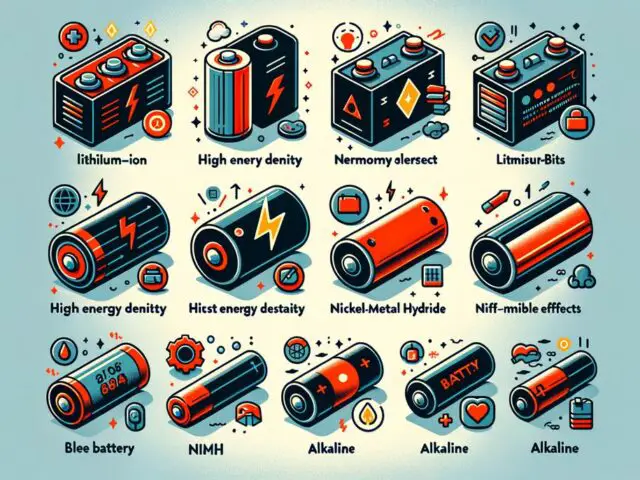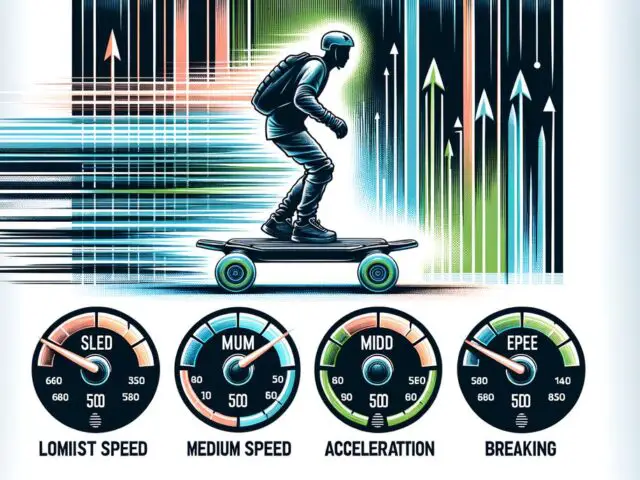As technology continually evolves, various opportunities arise for tech-savvy entrepreneurs and enthusiasts. One such area that has seen immense growth is the drone industry, with its applications ranging from logistics, agriculture, emergency services, and, most notably, photography and videography. But how can someone capitalize on these endeavors to generate revenue? This discourse aims to provide insights on making money with drones— understanding the underlying drone regulations, mastering piloting and photography skills, and establishing as well as marketing your drone services properly. The key to a profitable drone business lies not just in technical skills, but also a thorough comprehension of the regulatory framework and adept business management.
Understanding drone regulations
Navigating Drone Regulations for Profitable Flight Paths
The entrepreneurial landscape is in a constant state of evolution, with innovation and technology driving business trends. Among the most captivating developments is the rise of drone technology and its integration into various industries. From film and photography to real estate and agriculture, drones are changing the game. However, while there’s undeniable potential in this profitable sector, it’s imperative to navigate the labyrinth of regulations for a successful flight.
At the frontlines of regulatory bodies, the Federal Aviation Administration (FAA) sets the pace. To kick off any venture leveraging drone technology, compliance with the FAA’s Part 107 regulations is non-negotiable. Introduced in 2016, this rule essentially requires commercial drone operators to acquire a Remote Pilot Certificate. The certification process involves a knowledge test covering areas like weather, operations, and regulations.
However, compliance doesn’t end with the acquisition of the Remote Pilot Certificate. Drone operators must always conduct their activities under the regulations defined by Part 107. Key rules include flying under 400 feet, maintaining visual line-of-sight, operating during daylight, and flying below 100 mph. Establishing adherence to these rules not only protects one’s investment but also enhances safety.
Understanding airspace limitations is important too. Particularly, commercial operators should refrain from flying within five miles of an airport without prior clearance. Flights over densely populated areas or over non-participating people are also off-limits – unless waivers are obtained.
In addition to federal regulations, be alert to potential state and local laws influencing drone operation. These variations can spur up unexpectedly, especially for entrepreneurs who operate in multiple territories. Join a local drone group or network to stay updated.
Next, data protection regulations are vital in maintaining a trusting relationship with customers in the drone industry. If your drone captures video, photos, or other data, it’s crucial to ensure that your handling of that data meets the guidelines set by the Federal Trade Commission (FTC).
Another key issue is drone insurance. While not a legal requirement, it’s a practical necessity given the inherent risks in the industry. Insurance can cover liabilities from property damage or personal injury brought on by the drone unit.
Finally, commercial drone operators should be aware of the potential impact of future regulations. With the sector still in its infancy, anticipate considerable legal shifts that could influence strategies. Maintaining agility and a willingness to adapt is a hallmark of successful entrepreneurship in this exciting new field.
In conclusion, while there are considerable opportunities for income generation in the drone industry, the challenge lies in successful navigation of complex regulations. This process aids in risk mitigation, ensuring profitable, yet responsible flights.
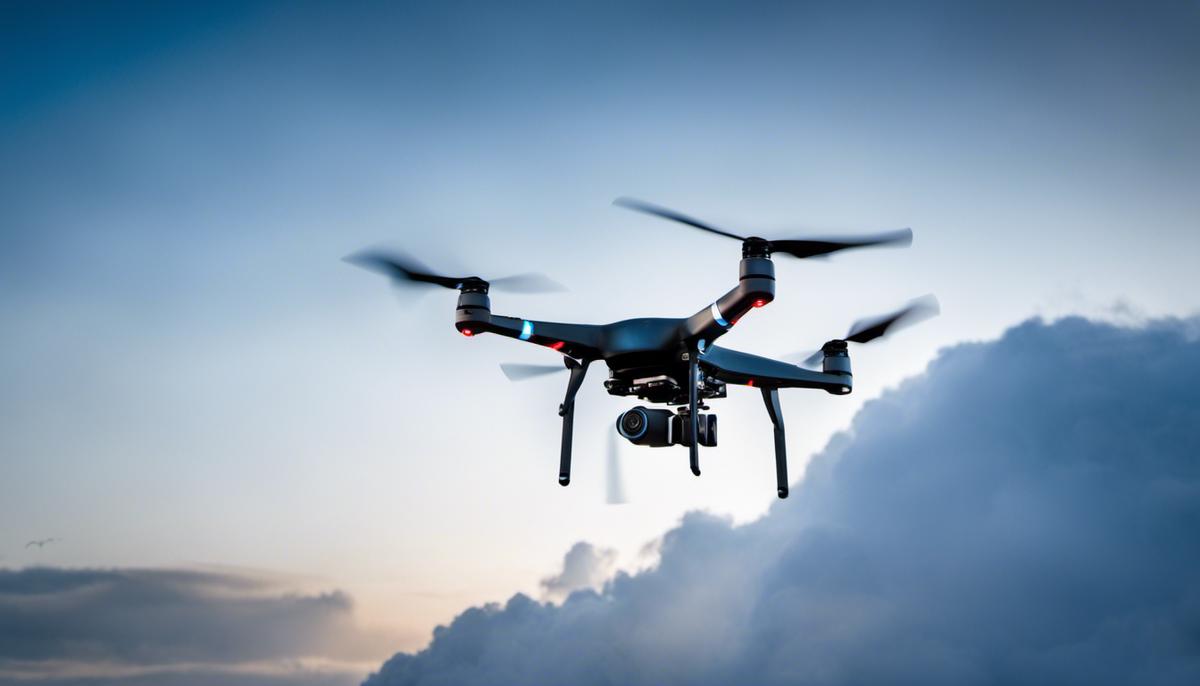
Mastering drone piloting and photography skills
Heading into the exciting world of drone flight and aerial photography involves more than just understanding regulations and compliance requirements. It is an intricate art that blends technology with creativity, yielding breathtaking images from perspectives once thought unreachable. Ready to elevate your drone skills to the next level? Follow these tips to further enhance your drone flying and drone photography abilities.
- In-Depth Drone Knowledge: You need to understand the specifications of your drone, its capabilities and limitations. From GPS features to drone-specific apps, familiarize yourself thoroughly with your equipment.
- Captivating Composition: Learn the rules of photography composition- the rule of thirds, leading lines, depth, framing and the golden ratio. Using these effectively can dramatically enhance the quality of your drone photography.
- Exploring Different Flight Modes: Experiment with various drone flight modes. Most drones offer different modes such as Orbit, Follow Me, and Waypoints. These can help capture captivating dynamic shots and create stunning photographic effects.
- Understanding Light and Weather Conditions: Time of day and weather are crucial factors influencing aerial photography. Sunrise and sunset (known as the ‘golden hours’) often produce the best light for photos. Remember, wind can impact flight stability and rain or snow can damage the drone.
- Practice: Regular practice is the key to mastering anything. Don’t restrict yourself to the serene environment of open fields. Challenging environments such as urban landscapes, forests, and coasts will help refine your drone piloting skills.
- Exposure Settings: Learn to manually adjust your camera settings. Adjusting ISO levels, shutter speed, and aperture settings can significantly influence the final outcome of your photos.
- Embrace Failures: Drone flying is not without risks – both to the operator and the drone. Don’t get disheartened by a crash or a failed photo shoot. Use this as a learning experience to improve your future endeavors.
How Much Does It Cost To Build A Drone?
The thrill of drone flying and photography is twofold – the capture of stunning images and the exhilarating experience of flight. With persistence, creativity, and a spirit for adventure, you can dramatically enhance your drone skills and create dynamic, awe-inspiring aerial narratives.
Remember, drones aren’t merely pieces of technology; they’re flying ambassadors of innovation, paving the way for the future of aerial observation and entertainment. Use your skills responsibly and push the envelope for what’s possible in this burgeoning industry, capturing the world through a perspective only a drone can provide.
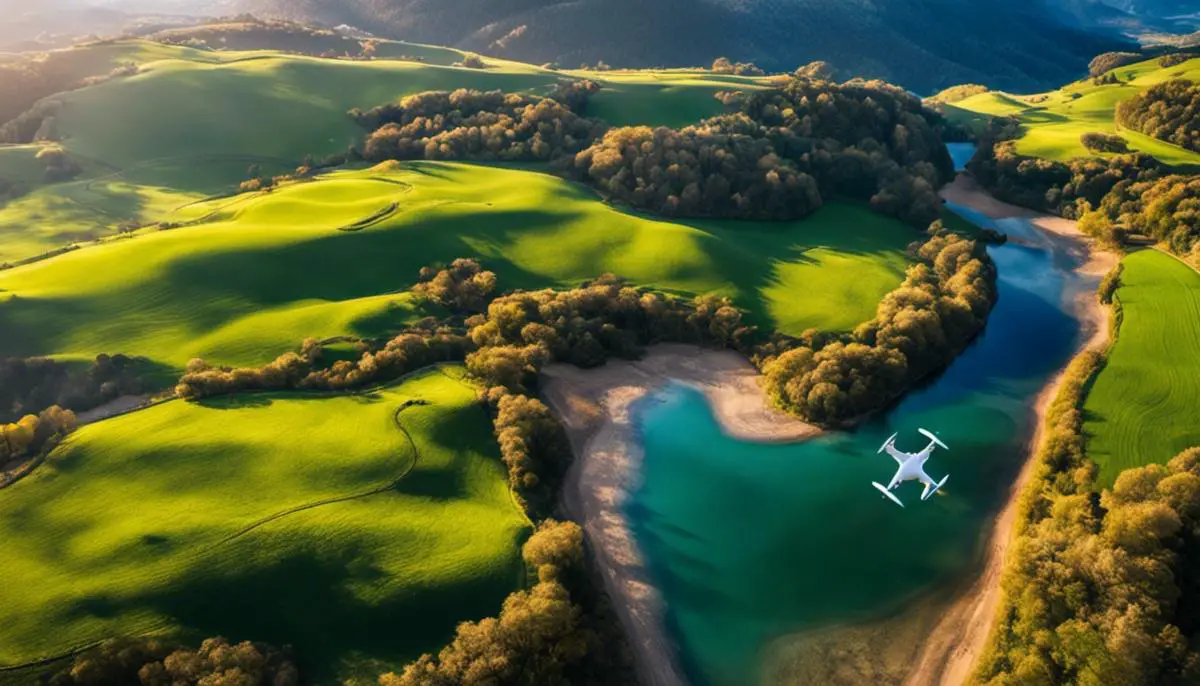
Business and marketing strategies for drone services
Identify your Target Market: Pivotal in any entrepreneurial endeavor, understanding your target market sits at the heart of a successful drone business. Drones have a broad range of applications, so narrowing down the audience is a crucial step. Whether the drones will be used for aerial photography, real estate marketing, or in the agricultural industry, honing in on a specific sector significantly refines the marketing approach.
Create Unique Selling Points: Innovation is key. To stand out from your competitors, your drone business needs to offer something unique. Whether it’s advanced technology, superior customer service, or exclusive product features, ensure you highlight this distinctiveness in your market proposition. Remember, it’s not about being the biggest drone company, but about being the most innovative and customer-centric.
Craft a Robust Marketing Strategy: Like the propellers of a drone, a strong marketing strategy helps lift a drone business to greater heights. Harness both digital and traditional marketing channels to increase visibility. Consider strategies such as search engine optimization (SEO) to boost your online presence and collaboration with influencers or affiliates to reach a wider audience.
Deliver Unbeatable Quality: While it might be tempting to rush into the market with your service, ensuring the best possible quality delivery from the outset safeguards your reputation. Be it in drone imagery, data analysis, or customer service, maintaining high standards not only strengthens your brand image but also fuels client referrals.
Build Strategic Partnerships: Just as drones connect remote areas, building networks bridges potential business opportunities. Partnerships with businesses in your chosen target market can expand horizons. For example, if your focus is on real estate, collaborate with real estate agencies, property developers, or architectural firms. Through these strategic partnerships, you can access their clientele and provide value-added services.
Invest in Continuous Learning and Development: The drone landscape is constantly evolving. Staying adaptive and responsive to new advancements, strategies, and technologies keeps your business at the forefront of industry trends. Regularly invest in upgrading your skills, knowledge, and understanding of the drone industry to continue offering unparalleled service.
Establish a Strong Online Presence: In the digital age, making your mark online is a necessity. Establish an informative, user-friendly, and engaging website. Leverage social media platforms to share engaging content and connect with your audience.
Starting a drone business can be an exciting journey. While it involves navigating certain regulations and mastering the technical know-how, the potential for profits and advancement is vast. Remember, the sky’s the limit when it comes to establishing a successful drone business, but it’s the strategic and driven entrepreneur that will truly soar.
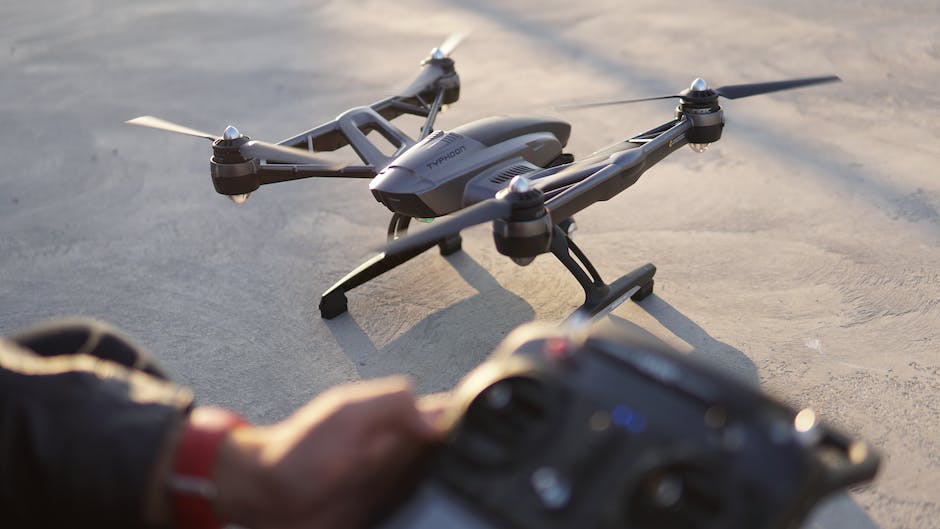
All things considered, drones present opportunities for careers and businesses that are not only financially rewarding but also exciting and innovative. Whether its aerial photography, real estate videography, or data collection for industries like agriculture, mastering drone regulations, operating skills and business strategies are the stepping stones to the foundation of a lucrative drone business. Indeed, with a thorough understanding of these facets, one doesn’t just become part of a rapidly evolving industry, they get to shape and define what that industry becomes. Embarking on this drone journey requires commitment, skill, and strategy but the sky is not the limit.
Helpful Links
For all your RC Questions, Click HERE
If you are interested in RC cars and trucks, RC World has you covered.
For RC boats and watercraft, check these articles out.
For all your RC Airborne endeavors, we have everything you need.
14 Surprising Ways Electric Biking Enhances Your Fitness
Embracing a new wave in the sphere of fitness and health, electric bikes have become prominent as one of the most enjoyable and advantageous ways to enhance personal…
How Do RC Boats Work?
If you’re considering purchasing an RC boat, you may be wondering: how do RC boats work? Well, this article will discuss the parts of RC boats, from the…
Endurance Testing: Long-Distance E-bike Rides
As technology continues to evolve and transform our activities, e-biking emerges as an exciting addition to the biking world. Known for its numerous benefits, it provides a promising…
Adjusting Electric Skateboard Speed Settings
Electric skateboards are transforming the way we move, offering a blend of excitement and practicality that’s hard to match. With a remote control in hand, riders have the…
What Are the Top Electric Skateboard Deck Materials?
When you’re hitting the pavement on your electric skateboard, the ride’s quality, speed, and style all boil down to what’s beneath your feet: the deck material. Picking the…
Extend Skateboard Remote Battery Life
Have you ever noticed how the performance of your electric skateboard remote can vary, leaving you puzzled about its inconsistency? This guide is designed to unravel the mystery…
How E-Bikes Can Help Your Weight Loss Journey
Are you looking for a fun and effective way to kickstart your weight loss journey? Look no further than an e-bike! These electric bicycles have been gaining popularity…
Safe Electric Skateboard Rides for Kids
Choosing the right electric skateboard for your child involves more than just picking out a cool design. It’s about finding a balance between fun and safety, ensuring that…
Maximizing Safety with Electric Skateboard Speed Modes
Electric skateboards are revolutionizing the way we move and offering a blend of excitement and convenience in personal transport. With various speed modes at the heart of their…






